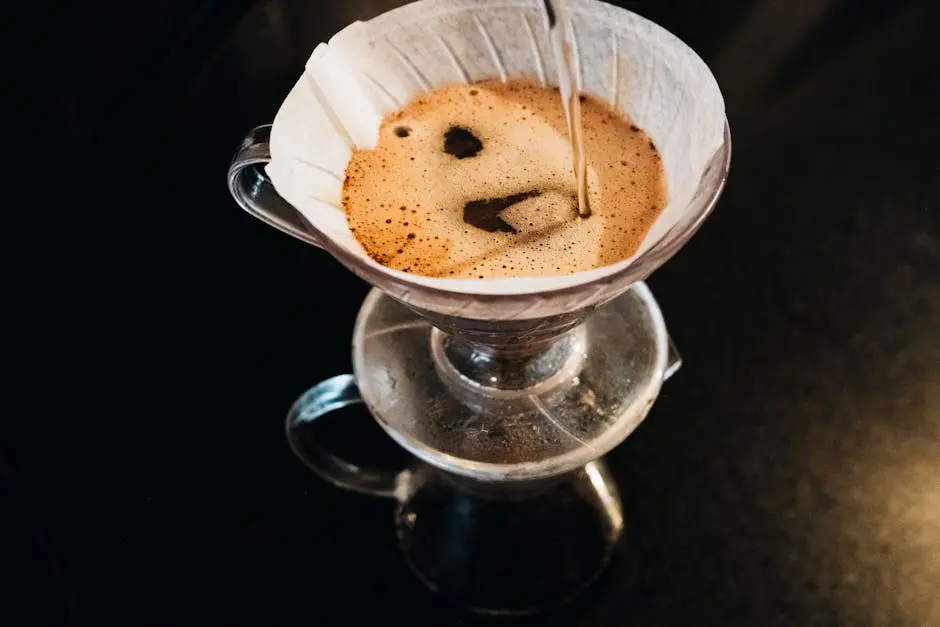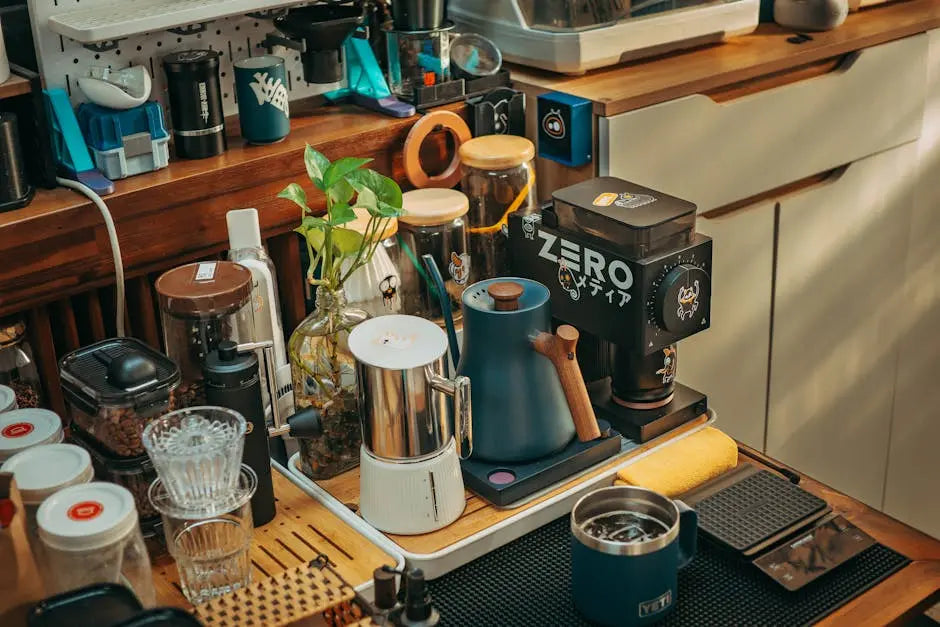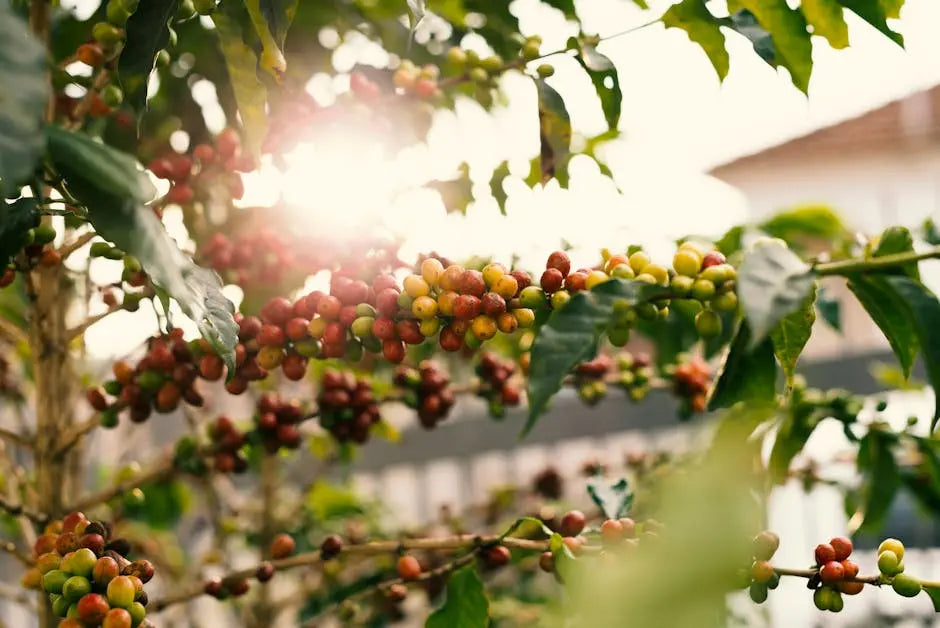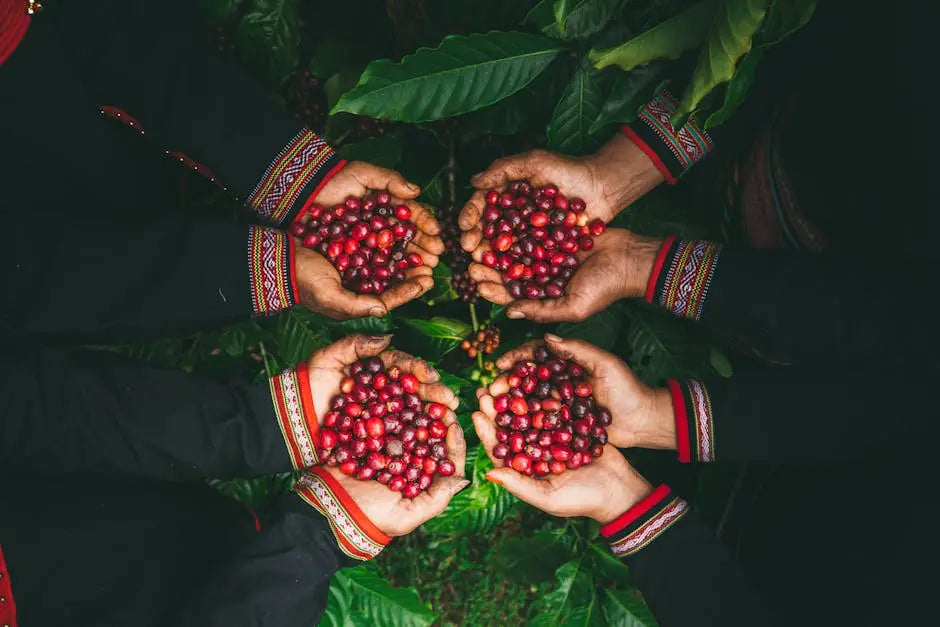12 Artisan Coffee Brewing Techniques for the Perfect Cup
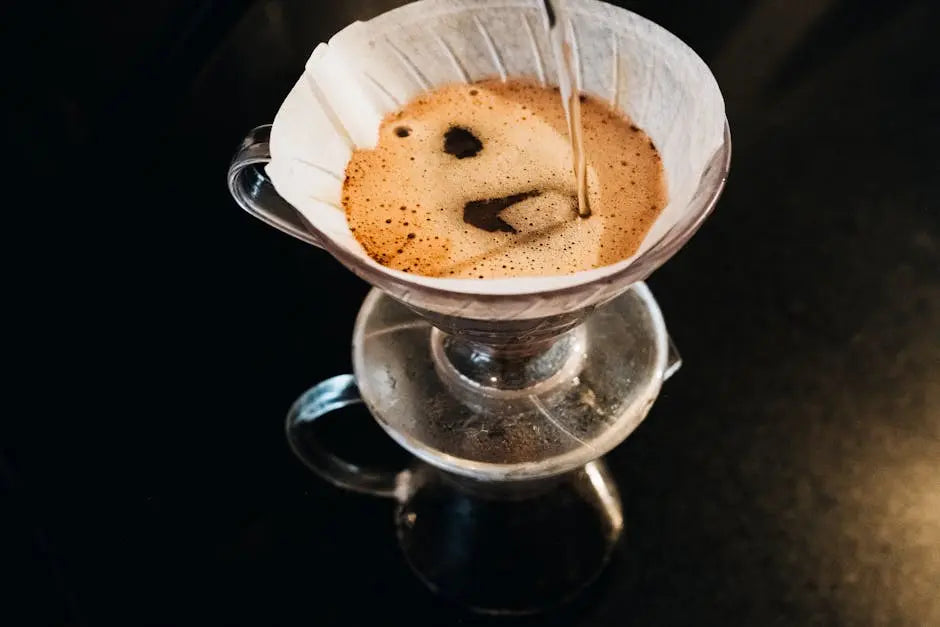
When it comes to enjoying your morning brew, there’s nothing quite like mastering the art of coffee brewing. Whether you’re a casual coffee drinker or a passionate aficionado, exploring artisan coffee brewing techniques will elevate your sipping experience. In this guide, we’ll delve into a range of brewing methods that highlight flavor, enhance aroma, and emphasize freshness, ensuring that each cup you make is nothing short of perfection.
1. The Pour Over Method
The pour-over method is a classic brewing technique that provides you with control over every step of the brewing process. This method allows you to meticulously manage water temperature and pour rate, making it ideal for those who appreciate precise coffee-making. With the right tools, such as a gooseneck kettle and a high-quality filter, you can create a delightful cup that truly showcases the unique flavors of your artisan coffee.
To begin, measure your coffee and water to maintain a consistent ratio; a common recommendation is to use 1 gram of coffee for every 16 grams of water. Start by blooming your coffee with a small amount of hot water, letting it sit for 30 seconds. This process releases gases trapped in the beans, enhancing the flavor extraction. Following this, pour water in a circular motion to ensure even saturation, resulting in a clean, bright cup of excellence.
2. French Press Brewing
French Press brewing is a straightforward yet highly flavorful method, ideal for those who love a rich, full-bodied coffee. This technique relies on steeping coarsely ground coffee in hot water before pressing it down with a plunger. The process allows for maximum extraction of the coffee’s oils, lending your brew a wonderful depth of flavor—one that undoubtedly embodies the essence of artisan coffee.
To achieve the best results, start with a coarse grind and a brew ratio of about 1:15. Allow your coffee to steep for four minutes before pressing down the plunger. When serving, make sure to pour immediately to prevent over-extraction, which can introduce bitterness. Enjoy your coffee as is, or indulge in adding a dash of cream or sugar, letting you personalize your experience to your palate’s delight.
3. Aeropress Adventures
The Aeropress is an incredibly versatile tool that has captured the hearts of many coffee enthusiasts. This compact device uses air pressure to extract rich flavors, giving you the ability to create espresso-like coffee or a smooth, filter-style brew. With its portability, the Aeropress makes a fantastic choice for both home brewing and on-the-go adventures, welcoming countless possibilities for any artisan coffee lover.
To get started, you’ll want to experiment with different grind sizes and brew times to find your perfect cup. A general guideline is to use fine ground coffee and steep it for about 30 seconds before pushing down the plunger. This results in a concentrated, aromatic brew. Don’t hesitate to combine methods or add flavors, such as vanilla or spices, to discover your ideal variation—it’s all part of the fun!
4. Crafting Cold Brew
Cold brew has taken the coffee world by storm, beloved for its smooth, mellow taste and low acidity. Unlike traditional brewing methods, cold brew involves steeping coarsely ground coffee in cold water for an extended period, typically 12 to 24 hours. This gradual extraction process results in a naturally sweet flavor profile, making cold brew an exciting option for those looking to explore the artisanal side of coffee.
To craft your own cold brew, start with a 1:4 coffee-to-water ratio and let it steep in the refrigerator. Once you’ve reached your desired strength, strain the mixture through a fine mesh sieve or coffee filter. The result is a refreshing, mellow brew that can be enjoyed over ice, or mixed with milk for a creamy indulgence. Don’t shy away from experimenting with different coffee beans and flavors, such as cinnamon or caramel, to customize your cold brew experience.
5. Siphon Coffee Brewing
Siphon coffee brewing is not just a way to make coffee; it’s a captivating process that transforms brewing into an art form. This unique method involves a glass vessel, where water is heated to create vapor pressure, forcing it into a second chamber filled with coffee grounds. Once brewed, the pressure reverses, pulling the coffee back down and leaving behind the grounds, delivering a crisp, aromatic cup of coffee that truly embodies the spirit of artisan coffee.
While the siphon method may look complex, it’s more about mastering the basics. Aim for a coffee-to-water ratio of 1:16, and use medium grind coffee to achieve optimal extraction. The beauty of this method lies in its visual appeal, often captivating onlookers with its theatrical display. As you dive into this brewing technique, take the time to enjoy the nuances each step brings, crafting a brew that’s as enjoyable to make as it is to drink.
6. The Moka Pot Magic
The Moka Pot, often referred to as a stovetop espresso maker, is a beloved brewing tool for those seeking a robust and authentic coffee experience. This Italian classic brews coffee by passing boiling water pressurized by steam through coffee grounds, resulting in a strong, espresso-like coffee that captures the essence of artisan coffee at its finest. It’s a treasured method steeped in tradition, cherished by many coffee lovers around the world.
Preparing coffee with a Moka Pot requires balance and technique. Start by filling the bottom chamber with water until the safety valve and add finely ground coffee to the filter basket, leveling it off without tamping. Once on the stove over medium heat, listen for the delightful sounds of brewing. When the coffee with a rich aroma bubbles up into the top chamber, remove it from heat to avoid scorching. Experience the bold flavors straight from the pot or blend it into a creamy latte, a perfect way to enjoy the magic of Moka.
7. Nitro Coffee Infusion
Nitro coffee has emerged as a trendy choice among coffee lovers, garnering attention for its unique texture and flavor. Infusing cold brew coffee with nitrogen produces a creamy, velvety texture that resembles a draught beer. Served straight from a tap, nitro coffee boasts a smooth finish and delightful foam that enchants both the eyes and the palate.
To create your own nitro coffee at home, you’ll need a nitro coffee maker or a whipped cream dispenser. Begin with your favorite cold brew, charge it with nitrogen, and serve it over ice for a refreshing experience. For those who enjoy a touch of sweetness, adding flavored syrups or cream can elevate your nitro coffee to new heights. With this method, you not only savor a deliciously unique coffee but you also join a burgeoning trend in the artisan coffee world.
8. No-Fuss Instant Coffee Techniques
While instant coffee may sometimes carry a bad reputation, crafting a delicious cup with high-quality instant coffee is surprisingly simple. With artisan brands emerging that focus on flavor and quality, you can unlock the convenience of instant coffee without sacrificing taste. By embracing the new wave of instant varieties, you will find it a perfect option for busy mornings or travel.
To enjoy a satisfying cup, use the recommended measurements on your instant coffee package and experiment with different water temperatures. Adding a splash of hot milk or a sprinkle of cinnamon can enhance your brew and transform it into something special. The key lies in choosing a well-roasted brand and finding what flavor combinations work best for you.
9. Single-Origin Coffee Experience
Single-origin coffee has become increasingly popular for its unique flavor profiles and the story behind each cup. Sourced from a specific region, farm, or even a single lot, these beans carry distinct characteristics reflecting the local terroir. This experience allows coffee lovers to explore and appreciate the unique qualities of artisan coffee while participating in the appreciation of coffee production.
Experimenting with single-origin beans invites you to explore new flavors and aromas that are influenced by regional factors such as altitude, climate, and processing methods. Consider brewing with a lighter roast to showcase the bright acidity of Ethiopian beans or a medium roast for the rich chocolatey notes of Colombian varieties. Embracing the diversity of single-origin coffee opens your palate to a world of flavors, creativity, and expressive experiences that only artisan coffee can provide.
10. Espresso Extraction Techniques
Espresso extraction techniques are essential to mastering the bold and concentrated beverage that has gained international acclaim. Crafting a perfect espresso requires understanding various factors, such as grind size, tamping pressure, and water temperature. This meticulous attention to detail allows enthusiasts to extract the beautiful flavors of artisan coffee while ensuring a well-balanced shot of espresso.
To begin, start with freshly roasted beans and grind them fine—similar to table salt. Aim for a coffee dose of around 18-20 grams, and distribute and tamp the grounds evenly with consistent pressure. When pulling your shot, watch for the ideal extraction time, aiming for about 25-30 seconds. Not only will you appreciate the rich crema atop your espresso, but you’ll also unlock layers of flavor that exemplify the artistry behind coffee brewing.
11. The Charm of Turkish Coffee
Turkish coffee represents a traditional method steeped in history, bringing a sense of ritual and ceremony to the brewing process. This delightful coffee is made from finely ground beans, simmered with water and sugar in a special pot called a cezve. The result is a rich, aromatic brew with a unique texture that envelops your senses and transports you to far-off lands steeped in culture and heritage.
To prepare Turkish coffee, combine water and finely ground coffee in a cezve, stirring it gently to mix before placing it over low heat. As it heats, watch for the coffee to froth and bubble, but never let it come to a rolling boil. Pour the coffee directly into a small cup, sediment and all, and take a moment to appreciate the flavors that come to life with each sip. Whether enjoyed simply or paired with a sweet treat, Turkish coffee brings a joy and warmth reminiscent of cozy gatherings and heartfelt conversations.
12. Compatibility of Blend Profiles
Understanding the compatibility of blend profiles is crucial for those who wish to experiment with different coffee beans and create a harmonious flavor experience. Many artisan coffee roasters craft unique blends that combine various origins, each contributing its distinct notes. The balancing act of flavor profiles transforms your coffee experience, giving you the opportunity to explore an array of tastes—and refine your own preferences in this delicious journey.
To get started, experiment with different ratios of single-origin beans or blends, noting how variations impact the final brew. For instance, combining a fruity Ethiopian coffee with a chocolatey Brazilian bean can result in a delightful balance of acidity and sweetness. Pay close attention to the roast level of your beans, as lighter roasts present different flavor notes compared to darker roasts. By diving into your coffee exploration, you’ll discover endless possibilities that reflect your unique taste and the artistry behind artisan coffee.

